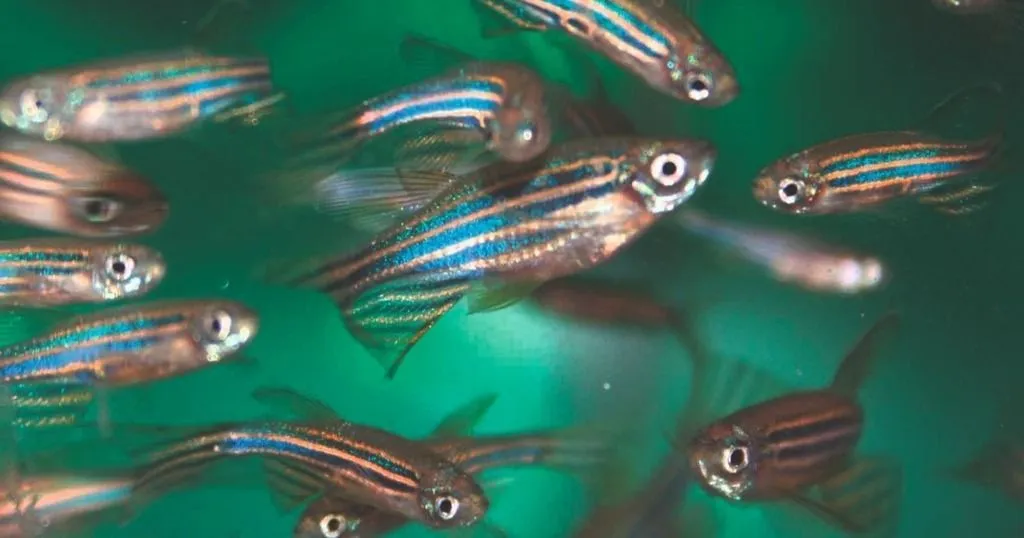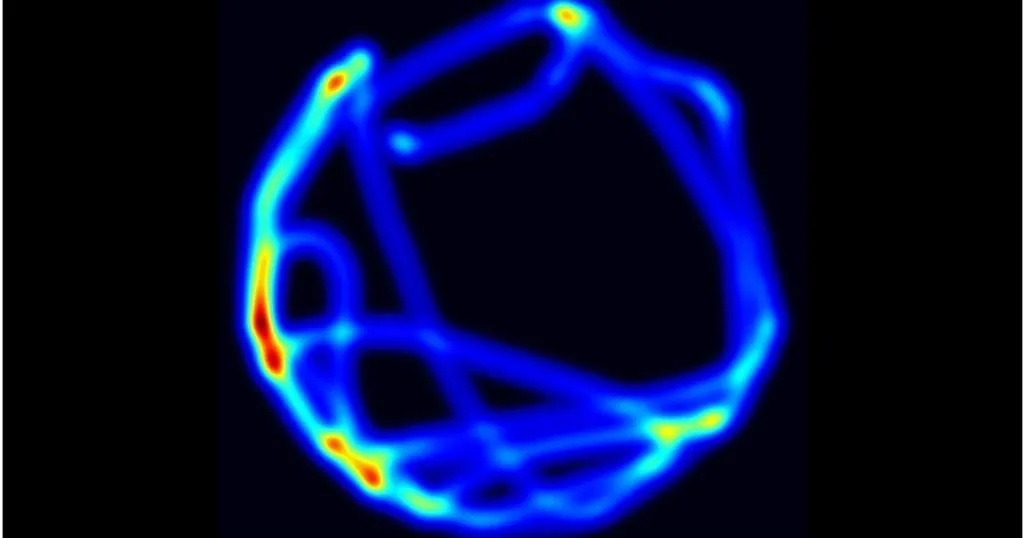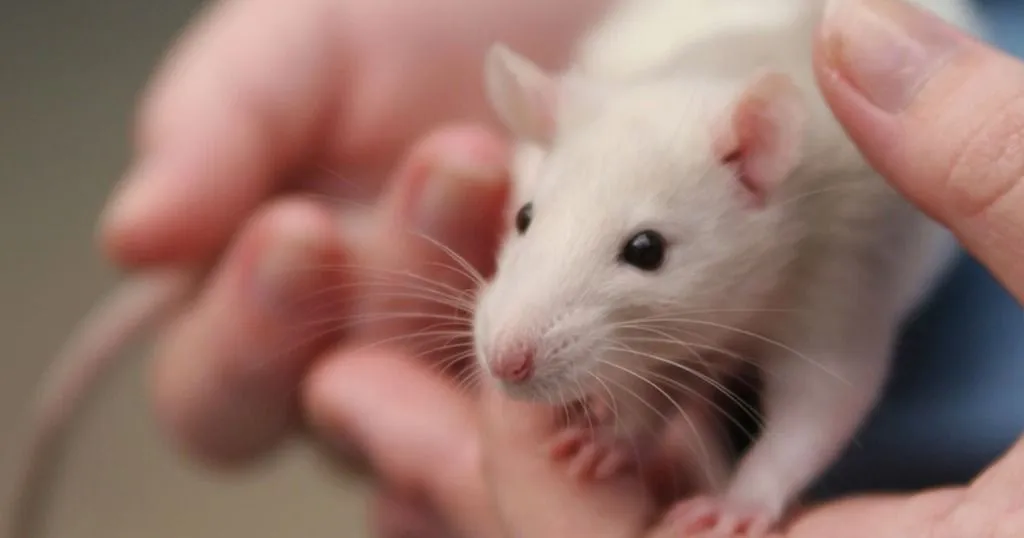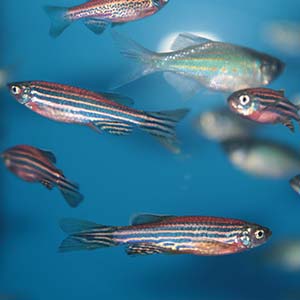The power of zebrafish in the study on Parkinson’s Disease

Zebrafish have proven to be a good model for Parkinson’s Disease (PD) research. They express several highly conserved genes that are associated with PD.
Posted by
Published on
Wed 22 May. 2013
Topics
| Danio Rerio | DanioVision | EthoVision XT | Parkinson's Disease | Video Tracking | Zebrafish |
Zebrafish have proven to be a good model for Parkinson’s Disease (PD) research, as I already wrote about in Zebrafish with Parkinson’s. They express several highly conserved genes that are associated with PD. Lopes de Fonseca et al. recently published about another interesting protein that has been linked to cases of PD in humans that run in families (familial).
Zebrafish homologue to human PD gene
Point mutations in ATP13A2 have been linked to several familial cases of PD, and zebrafish also express this gene. In fact, it has a high degree of homology with the human version. This particular study showed that it also plays a crucial role in embryonic development, and that partial knockdown of this gene affected zebrafish larvae behaviorally.
Gene expression and knockdown model
The first step in this study was to confirm ATP13A2 expression in zebrafish. It was found expressed in the entire body of the embryo during the initial stages of development, but in later stages expression was restricted to the brain. To investigate the role of ATP13A2, a knockdown (kd) model was created. A complete kd resulted in a 100% mortality rate, evidence of a crucial role of ATP13A2 in embryonic development. A partial kd resulted in behavioral impairments when compared to wild-type zebrafish larvae.
Behavioral research of partial ATP13A2 knockdown
The locomotor assays consisted of a light on/light off paradigm. Larvae were placed in 96-well plates in the DanioVision Observation Chamber at 7 days post fertilization. After a short habituation period, video recording started. Video recording and tracking with EthoVision XT took place under IR lighting conditions and the built-in visible light was used as a stimulus. For the first 15 minutes, the visible light was turned on, followed by 45 minutes lights off, and then another 45 minutes of lights on. Velocity of each individual was automatically tracked, and data was averaged over the two groups.
Behavioral deficits of partial ATP13A2 knockdown
Partial knockdown of the ATP13A2 gene had a significant effect on zebrafish larvae behavior. On average, the kd group was slower and they also showed an abnormal response to the light stimulus. While the wild type group showed a lower average velocity when the lights were turned off (which is what you would expect), the kd model showed an increase in velocity. When the lights were turned on again, the wild type group increased their velocity as expected, while the kd groups showed no significant difference in behavior.
Read more
This research is yet another powerful confirmation of the value of zebrafish models in PD research, and in this case specifically for research on the biology of the ATP13A2 gene. If you want to read more, please take a look at this publication:
- Lopes da Fonseca, T.; Correia, A.; Hasselaar, W.; van der Linde, H.C.; Willemsen, R.; Outeiro, T.F. (2013). The zebrafish homologue of Parkinson's disease ATP13A2 is essential for embryonic survival.Brain Research Bulletin, 90, 118-126.
For other posts on zebrafish, click here.
Related Posts

10 behavioral studies on Alzheimer’s and Parkinson’s

Alzheimer research and the Morris water maze task

